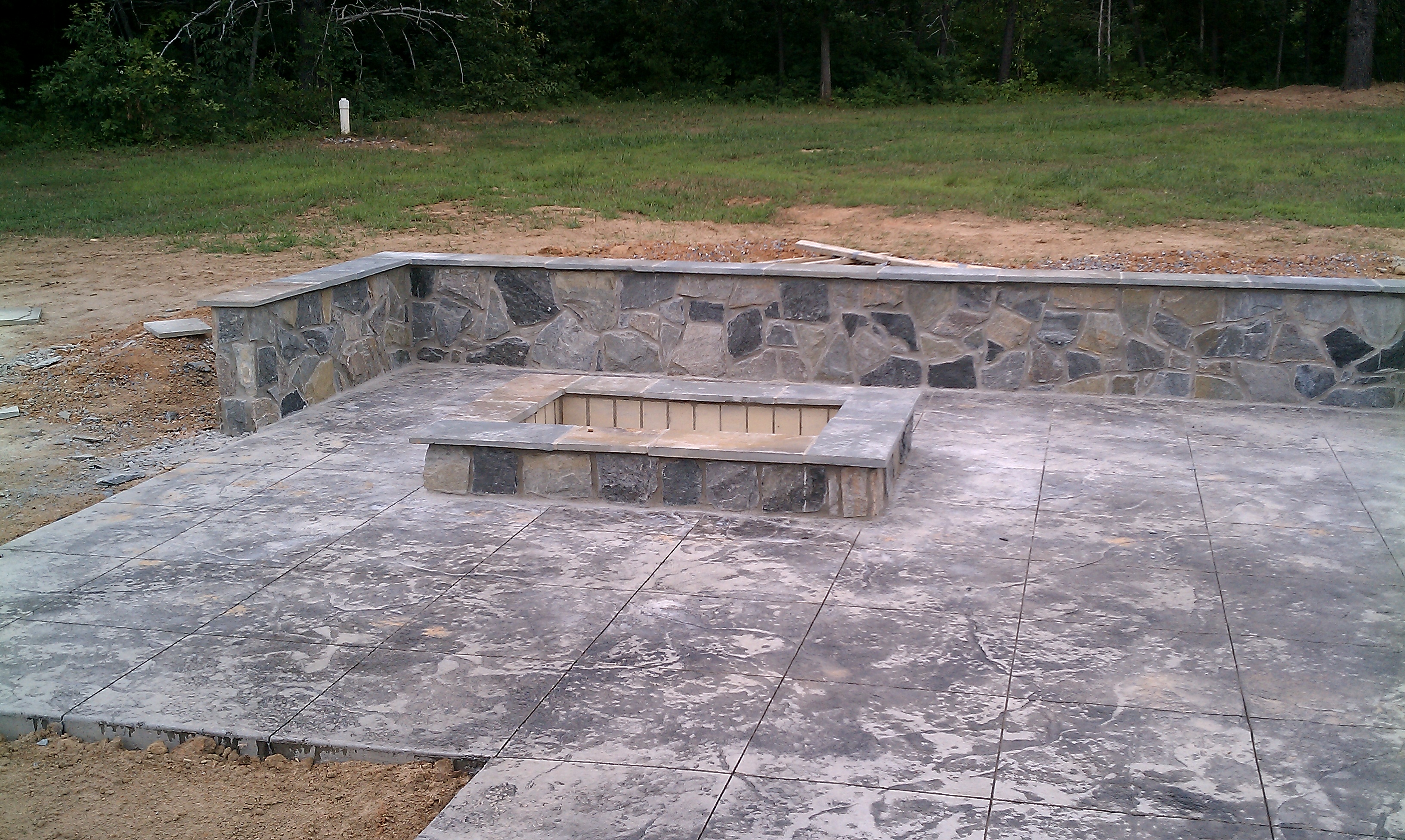ICON_PLACEHOLDEREstimated reading time: 5 minutes It seems odd to write something about outdoor enjoyment on a day when temps have been in the single digits, but let's go with it! Obviously there's no
- *** now booking for spring 2024
- ***
- *** request a consultation today
- ***

